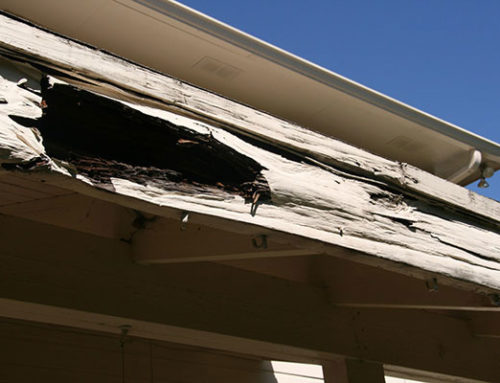Once your inspection is complete, you’ll receive a comprehensive home inspection report. This thorough packet of information will help you decide the next steps you have to take. But what, exactly, is included in this report?
#1 General Information
The introduction to your home inspection report will list the basic items of information. For example, the address of the home itself, information about the inspection done at state standards, and then the inspector’s information.
They will also give you a breakdown of the terms and symbols that they have used throughout the report, sort of like a key on a map. Abbreviations and their meanings will be listed instead of having the inspector write out everything each time it is used. Here are some examples:
- I = Inspected. This item was inspected.
- NI = Not Inspected. This item was not inspected.
- NP = Not Present. This item was not accessible or locatable.
- S = Safety Concern. This item poses a safety concern and should be addressed immediately.
- R = General Repair. This item requires repair but is not causing immediate harm or damage.
- D = Defect. This item is non-functioning and requires repair or correction by a licensed tradesman.
It’s also important that the inspector lists what the weather was like on the day of the inspection, as this can have an effect, along with who all was present at the time of the inspection as well.
#2 Assessment of Systems
This is the majority of what makes up a home inspection report. This is where the inspector looks at each of the systems and sees where it has weak spots. Those weaker areas should be looked at by a specialist, such as a plumber, an HVAC technician, or a roof repairman.
#3 Photographic Evidence
When an inspector spots an issue, they will take a photo to document it in the report and give a short synopsis on the issue pictured. The buyer and their real estate agent will refer to the photos and prepare negotiations with the seller and their real estate agent.
The photos can also be used as a reference when hiring a specialist. Even at the end of the repair, it is helpful to have photos so there is a recognizable difference from start to finish.
#4 Summary of Issues and Rating
The last few pages of the report are where the inspector lists the issues found within the home and rates them on the level of importance. If something has a higher rating than something else, the buyer or seller should have it scheduled to be taken care of first. Something lower on the scale can be pushed to a later date and has a lower level of urgency.
For the buyer and their real estate agent, this is an important part to bring up in negotiation. If there are many urgent fixes that need taken care of, the seller is then made responsible and the negotiation price may be lowered. This should all be discussed with real estate agents present.
Summary
Having this report is very important for moving forward. The seller has the opportunity to fix the issues in the home for a greater value and the buyer can negotiate with the seller for a price reduction. Be sure to ask your home inspector for any sort of clarification on items listed in the report, and don’t be afraid to ask any other questions.





